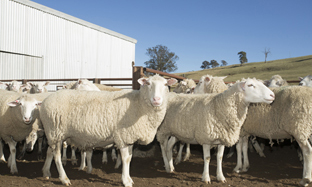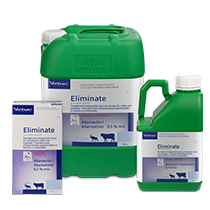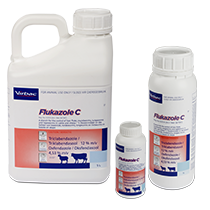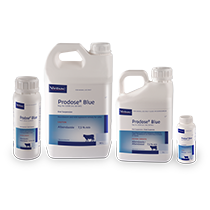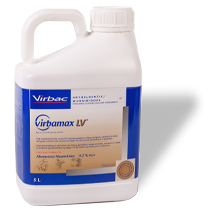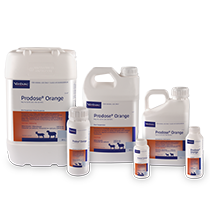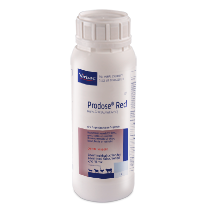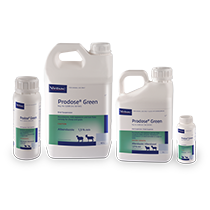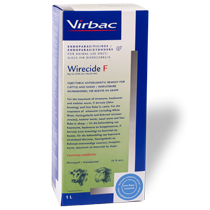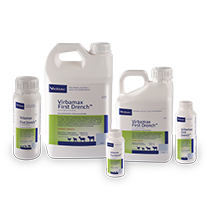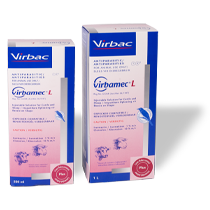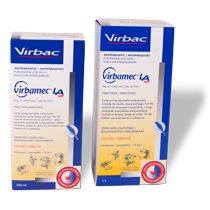
Brown Stomach Worm: The Winter Parasite
Brown stomach worm (Teladorsagia circumcinta) is a roundworm that affects sheep and goats. It can cause major damage if it is not identified and treated timely.
It is a major parasite of the winter rainfall area. It can also be problem in the summer rainfall areas, especially where sheep and goats graze on irrigated pastures during winter.
It is a small red-brown worm, about 10 mm in length. It is just visible on the lining of the abomasum (melkpens). Adult female worms lay 50-100 eggs per day. Adults can become arrested or inhibited inside the sheep or goat for varying periods. They resume activity when environmental conditions become more favourable. Unlike wireworm, Brown stomach worm is not a blood sucking parasite but it damages the lining of the stomach as they mature from larvae to adults.
|
|
|
Brown stomach worm damage in the abomasum (Source: Dr R Woodgate, Department of Africulture, Western-Australia) |
Lethargy, weight loss, weakness, diarrhoea, collapsing and deaths are the most common symptoms associated with a brown stomach worm infestation. With heavy infestations, a rapid decline in condition and profuse scours and deaths is typical. Animals with fewer worms are generally unthrifty, don’t perform and shows signs of scours (daggy). The scours must not be mistaken for nutritional associated scours when grazing on irrigated pastures.
Production losses are common with this parasite, even in the absence of typical symptoms. Affected animals have a reduced appetite and loss of protein, resulting in a drop in weight gains of up to 35%. In sheep, wool growth and milk production can each be reduced by 20% before signs become apparent. Deaths can occur where infestations are not treated timely and with an effective remedy.
In endemic areas, farmers will know when and in which camps to expect the presence of the parasite. If not sure, the only accurate way to diagnose worm infections before production losses have occurred is to conduct regular dung sample worm egg counts. Larval cultures can be requested to accurately confirm the presence of brown stomach worm, as identification by eggs only is not always accurate. Some of the symptoms can also be caused by other parasites or conditions.
When performing a post mortem, the damage to the lining of the abomasum is unmistaken. Entwined masses of worms are found on the lining, which is thickened and red with inflammation. It is also covered with whitish nodules, 1-2 mm in diameter. (See photo). The carcass is also emaciated with little or no fat.
Not all actives are effective against brown stomach worm! Some products have only an “aids-in-control” claim, whilst other products only have a registration for the control of the adult stage. It is important to choose a product that has a “control” registration (>90% effective) against both the immature as well as the adults stages. Some products also have a registration of control of the inhibited larval stage. These products will be more effective in eliminating most of the parasites within the animals.
The presence of other parasites to control will also influence the selection of a product to use. If brown stomach worm is the primary parasite to be controlled, it is advised to use a product that has the best possible registration against brown stomach worm. Virbamax LV® (G2782) is a Virbac product with such a registration. Visit Virbac’s web page at https://za.virbac.com/ or contact your closest Virbac Technical Sales Advisor for more information.
NB. Resistance could be a factor on certain farms. An egg count reduction test is advised to ensure that the product used is effective.
¹Most of the information contained in this article is with acknowledgement to “wormboss” http://www.wormboss.com.au/worms/roundworms/brown-stomach-worm.php

